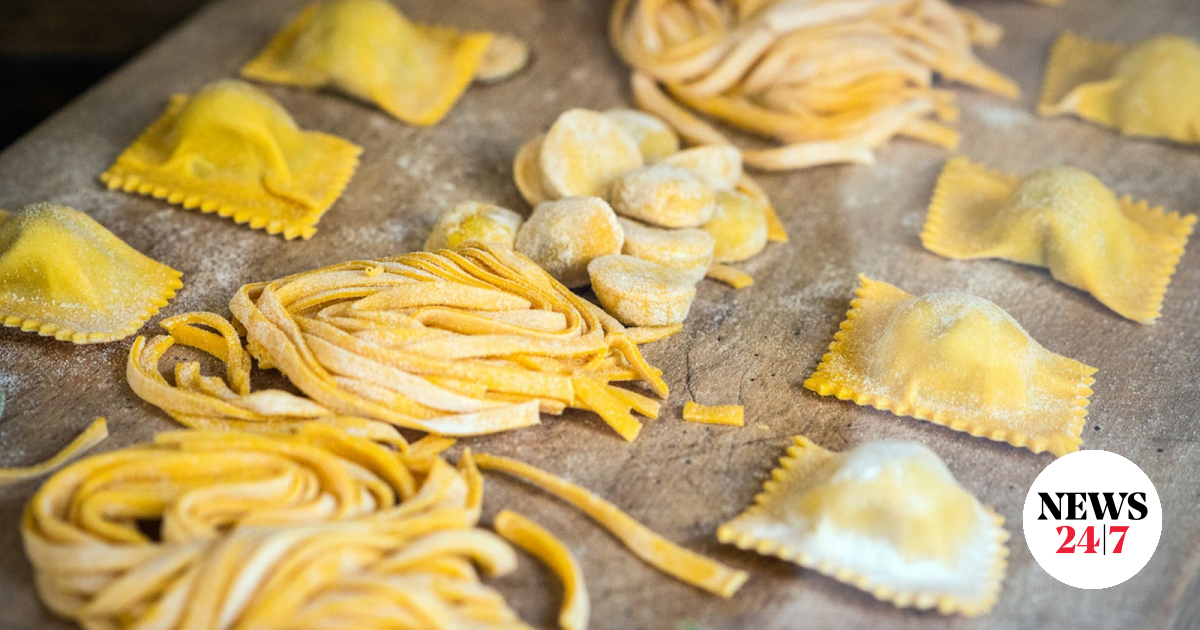
EFET has been informed by the Early Warning System for Food and Animal Feed (RASFF), about the circulation of fresh pasta, sourced from Italy, on the Greek market, which… May contain peanutsfrom cross-contamination of raw materials, while this is not indicated on their labels.
In particular, this is a product with a sales name in a foreign language “Vegetarian Sunflower Spinach and Cashews 250×6” The trade name is “Bertagni Plant Cuisine”.
The Greek sales name for the product is “Fresh pasta with spinach and cashews”While the consumption dates in which the problem appeared are: 4/28, 5/5, 5/12, 5/20, 5/27, 6/3, 6/10.
The product is sold by the company “ALFA BETA VASSILOPOULOS MONOPROSSOPI SA”, which has already withdrawn it from its stores.
Consumers who have already purchased the product (images below) and are allergic to peanuts are urged not to consume it.
What is peanut?
Peanut is An annual or biennial herbaceous plant From the legume family. It includes nine species, the most representative of which is the groundnut or common groundnut (called in Cyprus fostokudi). It is widely grown in India and in African countries mainly for its oil-containing seeds.
It is a plant with an erect or creeping stem and alternate compound leaves containing two pairs of leaflets. The flowers are yellow with red stripes. The fruit is Pod or hydropa. It is propagated by seeds. It thrives in warm climates.
The plant comes from Brazil. There it was initially transported and cultivated in Africa by Negro traders to feed those last on the journey from Africa to America. The variety grown today came from the continued selection of native Brazilian species. Gradually its cultivation expanded into warm climates around the world.
The main producing country is China (40% of global production). Followed by India, Nigeria, the United States of America, Indonesia, Sudan, Argentina, and others. In Greece, its cultivation was developed on a limited scale (about 45 thousand acres), although in several places such as Messinia, Almyros, and Serres.

“Hipster-friendly coffee fanatic. Subtly charming bacon advocate. Friend of animals everywhere.”





More Stories
F-16 crashes in Ukraine – pilot dies due to his own error
Namibia plans to kill more than 700 wild animals to feed starving population
Endurance test for EU-Turkey relations and Ankara with Greece and Cyprus